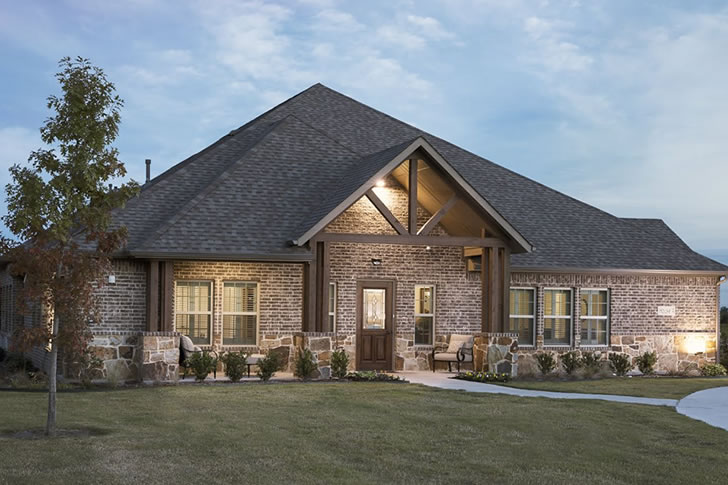How To Secure Economical Housing For Seniors
Finding a cost-effective living situation is particularly crucial for seniors living on a fixed income. Housing is typically one of the largest expenses in anyone’s budget, and this holds true for seniors as well. We’ve carried out detailed research and might help seniors find cheap apartments.

Understand the Types of Senior Housing Available
Firstly, it’s important to understand the different types of housing available for seniors. These range from independent living communities to assisted living and nursing homes. Each offers varying levels of care and amenities, which can significantly affect cost. Typically, independent living communities are less expensive than those offering advanced medical support and 24-hour monitoring.
Eligibility for Subsidized Senior Housing
For those on a limited income, subsidized senior housing may be an option. In the United States, the Department of Housing and Urban Development (HUD) provides Section 202 Supportive Housing for the Elderly. These are accommodations intended for very low-income seniors, where rent corresponds to 30% of the resident’s monthly income. To qualify, individuals must be 62 years old or over and meet specific income guidelines which vary by location. For 2023, for a single person household, this is often no more than 50% of the median income of the county or metropolitan area where they reside.
Utilize Tax Credits and Vouchers
Seniors may also qualify for housing vouchers, such as the Housing Choice Voucher Program (Section 8). These vouchers allow seniors to find their own housing, including single-family homes, townhouses, and apartments. The key here is that the housing must meet the requirements of the program to be eligible for the subsidy. Additionally, specific states and localities might offer tax credits to seniors, reducing the overall cost. Researching local and state housing programs can uncover less well-known opportunities for savings.
Consider Affordable Senior Housing Developments
Many non-profit organizations and private companies specialize in developing affordable senior living communities. These developments often offer amenities that are tailored towards older adults and are available at lower costs than standard market rates. Costs are typically kept low through various funding sources like low-income housing tax credits, charitable contributions, or government grants.
Investigate Location Matters
The cost of living can vary dramatically from state to state and city to city. Sometimes, moving a short distance can result in significant savings. Areas with a higher cost of living tend to have correspondingly higher costs for senior housing. Furthermore, some areas might offer additional state-funded programs that can assist with housing costs.
Explore Shared Housing
Another option is shared housing, where seniors live with roommates in a situation that reduces living expenses for all parties. This may not be everyone’s first choice, but it can provide social benefits in addition to financial savings. Various organizations help connect seniors who are looking for shared housing situations.
Engage with Senior Advocacy Organizations
Organizations like AARP, the National Council on Aging (NCOA), and local agencies on aging can be valuable resources. They often provide free counseling on senior housing options and may have connections to discounts or programs unknown to the general public.
The Benefits of Planning Ahead
Finding affordable housing as a senior isn’t just about lower monthly expenses. It’s also about finding a stable, safe environment as one ages. Long waitlists are common, especially for subsidized housing, so it’s crucial to plan ahead. Understanding one’s options and getting on lists early can mean accessing better housing opportunities when they’re most needed.
Conclusion
Finding inexpensive senior apartments requires understanding the different forms of housing, knowing which financial support programs are available and applicable, and possibly making some lifestyle adjustments. It’s essential to not only look at the current housing needs but to anticipate future needs as well.







Recent Comments